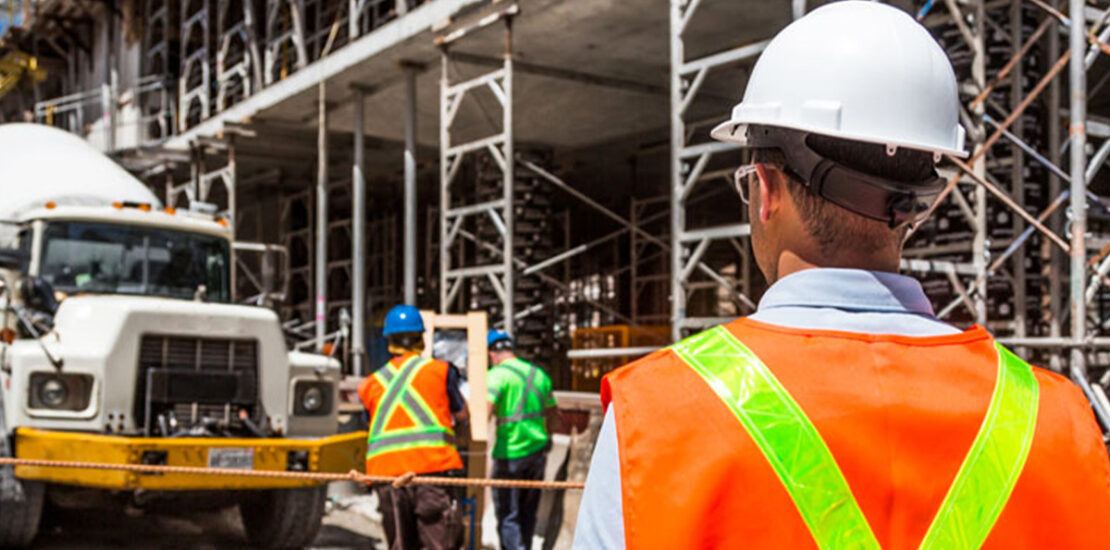- September 28, 2023
- Posted by: admin
- Category: Estimating

A clause in a construction contract known as labor and materials, sometimes known as time and materials, states that the employer will pay the contractor based on the time it takes the contractor’s personnel to complete the project’s tasks and the materials that were utilized.
First thing first
We need to understand what we mean by the terms above.
What does the term “Material” mean? The term “material” in this context refers to all substances that are utilized in the creation of a good or service.
The material could be the primary raw material as well as any additional materials like parts, gasoline, lubricants, packaging materials, additional consumables, etc. Material, which contains both direct and indirect materials, is frequently confused with direct material.
Here is the question that comes…
What is the Cost of the Materials?
The cost of material refers to the price of purchasing the material. It makes it clear that when we talk about material costs, we don’t only mean the price of buying the materials from suppliers. On the other hand, all costs that can be directly linked to the purchase of any material are included in the material cost.
For example, if 2000 kg of steel scrap is purchased at $0.5 per kg, freight to the mill will cost $15. Materials totaling $610 are required ($2000*$0.5 + $15). As a result, all relevant expenses and gains are considered when computing material costs and benefits.
What Exactly is Labor?
It signifies that all human efforts, both physical and mental, are used to generate a product or service. Labor does not simply refer to direct labor in a factory.
However, it comprises all firm personnel from all departments. It covers all
permanent employees, temporary and contractual workers, and any other physical or mental labor source that the corporation pays for.
So, How Much Does Labor Cost?
Labor costs include all payments made by the company to acquire labor services as defined above.
It refers to the pay and wages paid to employees or wage earners, as well as all fringe benefits such as provident fund contributions, gratuity, incentives, bonuses, and so on.
A Side Note: All expenses other than those for materials and labor are included in the balancing category known as an expenditure. Utility costs, costs for materials delivered for job work from outside sources, audit expenses, depreciation, etc. may be among them. Typically, these costs are referred to as overhead.
Overview of Labor and Material Costs in Construction
WHAT DO LABOR COSTS IN CONSTRUCTION MEAN?
Construction estimation experts frequently take the following factors into account when calculating labor costs:
- Paying both employees and contractors (amounts paid directly to workers)
- Payroll expenses (including taxes)
- Paid time off and insurance for jobs (i.e., workers’ compensation)
- Costs of hiring and training
- Time-stealing and other types of fraud
WHAT DO MATERIAL COSTS FOR CONSTRUCTION MEAN?
While constructing structures, materials like bricks, concrete, clay, lumber, etc. cost money. These prices are included in construction material costs. Costs associated with construction supplies also consider how frequently items must be acquired, imported, and transported to job sites.
A COMPARISON OF THE COSTS OF LABOR AND MATERIALS USING PERCENTAGES
Depending on the industry and type of work being done, the proportion of labor expenses compared to material costs in construction might vary greatly.
Approximately 40% to 50% of building expenses are thought to be related to labor, with most of the remaining sum going to labor and then other costs.
To Sum Up:
Labor and material costs are two key construction considerations and failing to understand either of them sufficiently can have several negative effects. The contractor will be paid by the employer in accordance with the amount of time and resources used by the contractor’s staff to execute the project’s tasks
